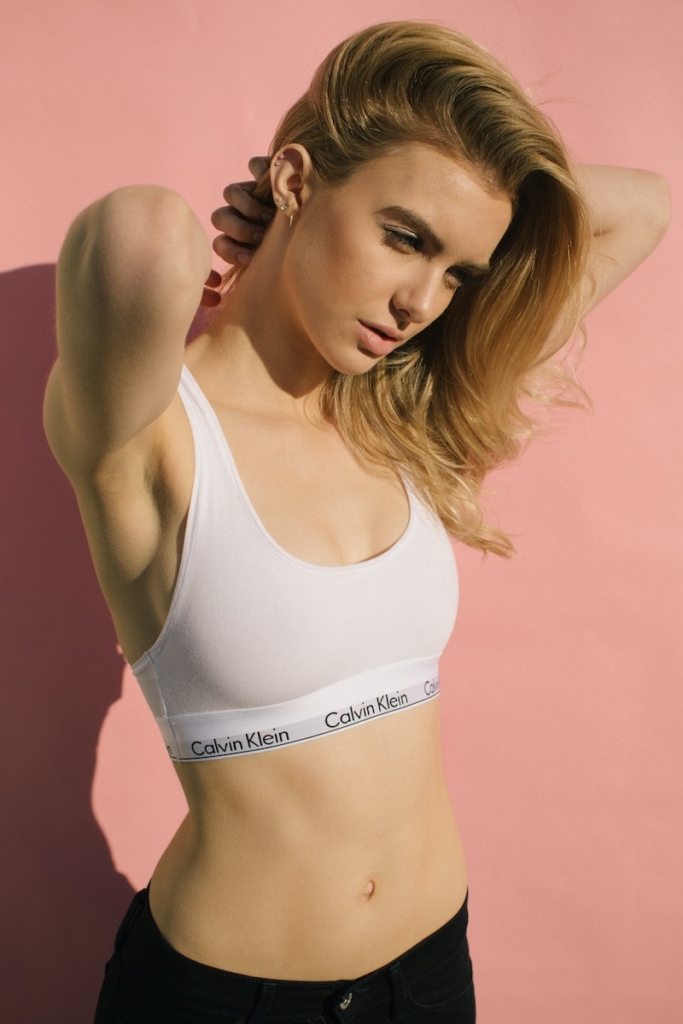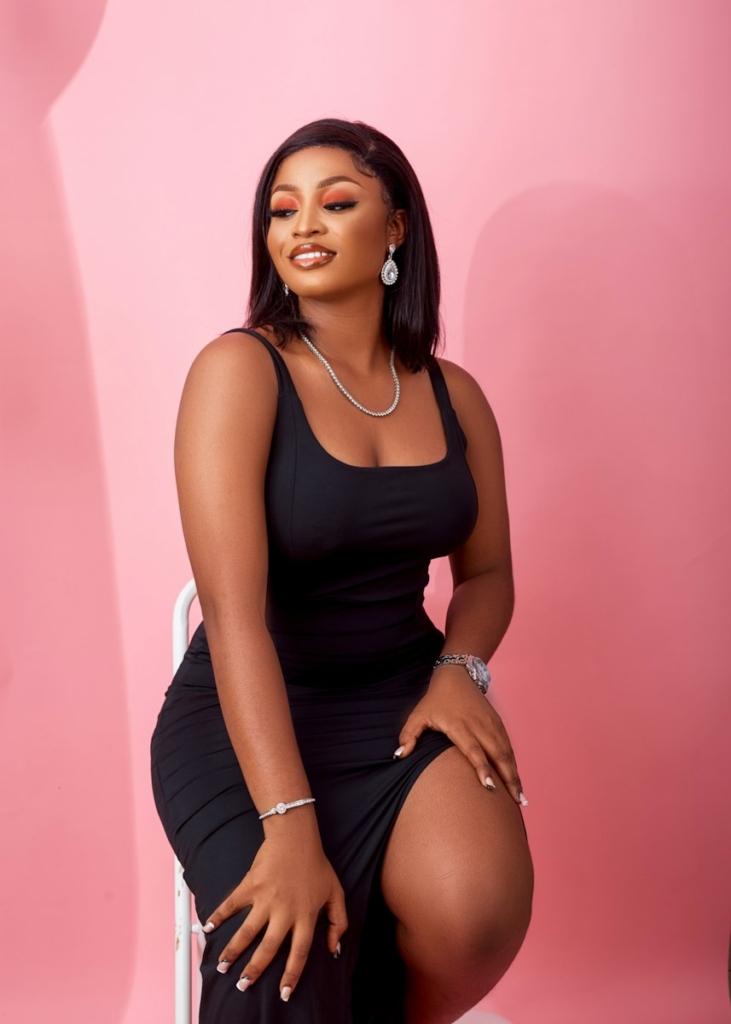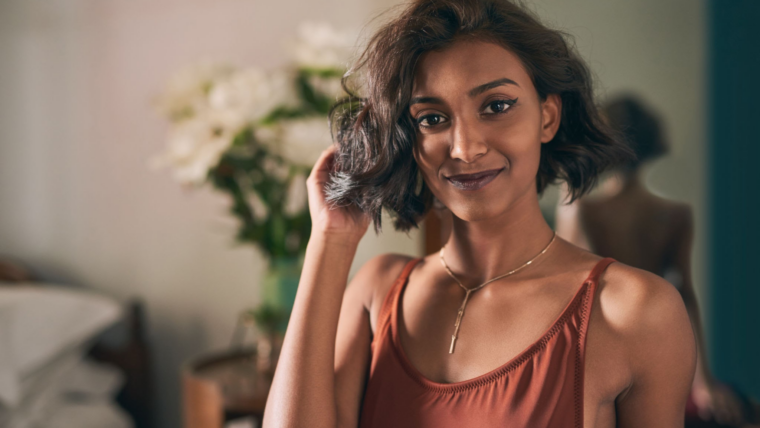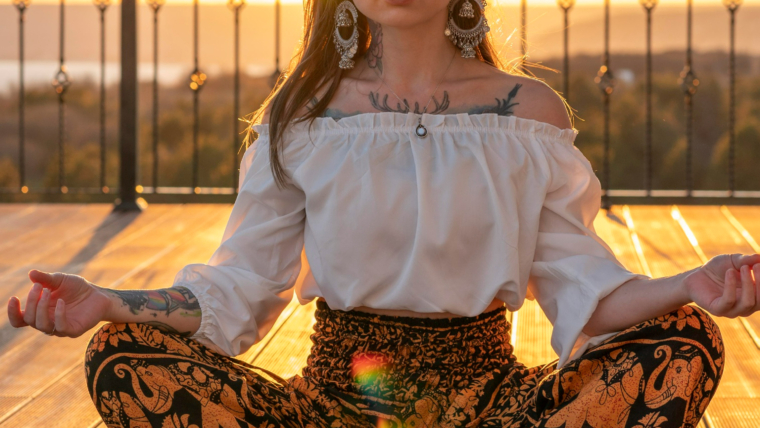Do you want to look more stylish and feminine, but don’t know where to start? Do you feel overwhelmed by the endless choices of clothes and accessories in the market? Do you struggle to find the right outfits that flatter your figure and express your personality?
If you answered yes to any of these questions, then this blog post is for you. In this post, I will share with you some tips and tricks on how to dress for your body type and style, and how to create a wardrobe that makes you feel confident and beautiful. Whether you are an ectomorph, mesomorph, endomorph, or a combination of these, there is a way to dress that suits you best. And whether you prefer classic, trendy, casual, or elegant styles, there is a way to dress that reflects your taste and mood.
So, let’s get started!

1. Know Your Body Type
The first step to dressing well is to know your body type. Your body type is determined by your bone structure, muscle mass, and fat distribution. Knowing your body type can help you choose the clothes that fit your proportions and enhance your assets.
There are three main body types: ectomorph, mesomorph, and endomorph. These categories were developed by psychologist William Herbert Sheldon in the 1940s. Here is a brief description of each body type:
- Ectomorph: This is when the body is lean and slender and tends to have less body fat and muscle. People with this body type can often find it challenging to gain weight in the form of muscle or fat. Fashion models are an example of this body type.
- Mesomorph: This is when the body is athletic and strong. People with this body type are neither overweight nor underweight. They have a balanced physique with well-defined muscles and curves. Swimmers and volleyball players are examples of this body type.
- Endomorph: This is when the body has more stored fat, lots of muscle, and gains weight easily. People with this body type are not always overweight. They have a soft and round appearance with a wide waist and hips. Football lineman and Marilyn Monroe are examples of this body type.
Of course, not everyone fits neatly into one category or the other. You may have a combination of two or more body types, or you may have characteristics that are not typical for your body type. For example, you may be an ectomorph with large breasts, or an endomorph with long legs. The key is to identify your dominant body type and work with it, not against it.

2. Dress for Your Body Type
Once you know your body type, you can use some general guidelines to dress for it. These guidelines are not rules, but rather suggestions that can help you create a flattering silhouette and highlight your best features. Here are some tips for each body type:
- Ectomorph: If you are an ectomorph, your goal is to create some curves and volume on your frame. You can do this by wearing clothes that add shape and dimension to your upper and lower body. For example, you can wear tops that have ruffles, frills, puffs, or embellishments on the chest or shoulders. You can also wear jackets or cardigans that cinch at the waist or have belts or ties. For bottoms, you can wear skirts or pants that have pleats, pockets, or patterns on the hips or thighs. You can also wear jeans that have a slight flare at the hem. Avoid clothes that are too tight or too loose, as they will make you look thinner or shapeless.
- Mesomorph: If you are a mesomorph, your goal is to accentuate your natural curves and proportions. You can do this by wearing clothes that follow your body line and define your waist. For example, you can wear tops that have V-necks, scoop necks, or wrap styles. You can also wear jackets or blazers that have structured shoulders and tapered waists. For bottoms, you can wear skirts or pants that have straight or slim cuts. You can also wear jeans that have a medium rise and a skinny or bootcut leg. Avoid clothes that are too bulky or too clingy, as they will add unwanted weight or reveal too much.
- Endomorph: If you are an endomorph, your goal is to balance your upper and lower body and elongate your torso. You can do this by wearing clothes that draw attention to your face and legs and create a vertical line on your body. For example, you can wear tops that have bright colors, prints, or details on the neckline or collar. You can also wear jackets or coats that have long or asymmetrical lengths and open fronts. For bottoms, you can wear skirts or pants that have dark colors, solid fabrics, or vertical stripes. You can also wear jeans that have a high rise and a straight or wide leg. Avoid clothes that are too frilly or too tight, as they will emphasize your problem areas or restrict your movement.

3. Know Your Style
The second step to dressing well is to know your style. Your style is determined by your personality, preferences, and lifestyle. Knowing your style can help you choose the clothes that express your individuality and suit your needs.
There are many ways to define your style, but one of the simplest is to use some common categories that describe different aesthetics and moods. Here are some examples of these categories:
- Classic: This is when you prefer timeless and elegant pieces that never go out of fashion. You like clothes that have simple cuts, neutral colors, and minimal details. You value quality over quantity and invest in items that last for years. Audrey Hepburn and Kate Middleton are examples of this style.
- Trendy: This is when you like to follow the latest trends and experiment with different looks. You like clothes that have bold colors, prints, and textures. You enjoy mixing and matching items and accessories to create unique outfits. Rihanna and Zendaya are examples of this style.
- Casual: This is when you prioritize comfort and practicality over glamour and sophistication. You like clothes that are easy to wear and care for, such as jeans, T-shirts, and sneakers. You opt for items that have relaxed fits, natural fabrics, and functional features. Jennifer Aniston and Emma Stone are examples of this style.
- Elegant: This is when you aim for a refined and polished look that exudes confidence and grace. You like clothes that have sophisticated cuts, rich colors, and luxurious fabrics. You pay attention to details such as buttons, zippers, and seams. You accessorize with items that have pearls, diamonds, or gold. Victoria Beckham and Meghan Markle are examples of this style.
Of course, not everyone fits neatly into one category or the other. You may have a combination of two or more styles, or you may have characteristics that are not typical for your style. For example, you may be a classic with a touch of trendy, or a casual with a touch of elegant. The key is to identify your dominant style and work with it, not against it.

4. Dress for Your Style
Once you know your style, you can use some general guidelines to dress for it. These guidelines are not rules, but rather suggestions that can help you create a cohesive and harmonious look that reflects your taste and mood. Here are some tips for each style:
- Classic: If you are a classic, your goal is to create a chic and timeless look that works for any occasion. You can do this by wearing clothes that have clean lines, neutral tones, and subtle details. For example, you can wear a white shirt with a black pencil skirt or trousers. You can also wear a trench coat or a leather jacket over your outfit. For accessories, you can wear a pair of pearl earrings or a simple necklace. Avoid clothes that have loud colors, prints, or embellishments, as they will clash with your style.
- Trendy: If you are a trendy, your goal is to create a fun and fashionable look that showcases your personality. You can do this by wearing clothes that have bright colors, prints, and textures. For example, you can wear a floral dress with a denim jacket or a leather skirt. You can also wear a graphic T-shirt or a statement sweater over your outfit. For accessories, you can wear a pair of hoop earrings or a chunky necklace. Avoid clothes that are too plain or too dated, as they will bore you.
- Casual: If you are a casual, your goal is to create a comfortable and practical look that suits your lifestyle. You can do this by wearing clothes that are easy to wear and care for, such as jeans, T-shirts, and sneakers. You can also wear a cardigan or a hoodie over your outfit. For accessories, you can wear a pair of stud earrings or a simple bracelet. Avoid clothes that are too formal or too fussy, as they will annoy you.
- Elegant: If you are an elegant, your goal is to create a refined and polished look that impresses others. You can do this by wearing clothes that have sophisticated cuts, rich colors, and luxurious fabrics. You can also wear a blazer or a coat over your outfit. For accessories, you can wear a pair of diamond earrings or a pearl necklace. Avoid clothes that are too casual or too flashy, as they will cheapen your style.
Conclusion: A Guide for Feminine Fashion Lovers
Dressing well is not only Dressing well is not only a matter of aesthetics, but also a matter of self-expression and confidence. By knowing your body type and style, you can choose the clothes that flatter your figure and reflect your personality. You can also experiment with different looks and have fun with fashion. Remember, there is no right or wrong way to dress, as long as you feel comfortable and happy with yourself.
FAQ
Here are some frequently asked questions about dressing for your body type and style:
- Q: How do I measure my body type?
- A: You can measure your body type by using a tape measure and taking the following measurements:
- Bust: Measure around the fullest part of your chest.
- Waist: Measure around the narrowest part of your torso, usually above your belly button.
- Hips: Measure around the widest part of your lower body, usually below your hip bones.
- Shoulders: Measure across the back of your shoulders from one end to the other.
- You can then compare your measurements to the following ratios:
- Ectomorph: Your bust, waist, hips, and shoulders are roughly the same size, or your bust and hips are smaller than your waist and shoulders.
- Mesomorph: Your bust and hips are larger than your waist, or your bust and hips are roughly the same size and your waist is smaller than your shoulders.
- Endomorph: Your bust and hips are larger than your waist and shoulders, or your bust and hips are roughly the same size and your waist is larger than your shoulders.
- Q: How do I find my style?
- A: You can find your style by asking yourself some questions, such as:
- What are my favorite colors, prints, and fabrics?
- What are my favorite items in my wardrobe?
- What are my favorite brands or stores?
- What are my favorite celebrities or influencers that I admire for their style?
- What are the words that I would use to describe my style?
- You can then look for patterns and themes in your answers and create a mood board or a collage of images that represent your style. You can also take a quiz or a test online to find out your style.
- Q: How do I update my wardrobe?
- A: You can update your wardrobe by following these steps:
- Sort out your clothes and accessories into three piles: keep, donate, or toss. Keep the items that fit you well, suit your style, and make you happy. Donate the items that are in good condition but you don’t wear anymore. Toss the items that are worn out, damaged, or stained.
- Make a list of the items that you need or want to buy. Consider the gaps in your wardrobe, the trends that you like, and the occasions that you need to dress for.
- Set a budget and a timeline for your shopping. Decide how much money and time you can spend on updating your wardrobe.
- Shop smartly and selectively. Look for items that match your body type, style, personality, and lifestyle. Try on everything before you buy it and make sure it fits you well and makes you feel good. Avoid impulse buying or settling for less than perfect items.
I hope this blog post has been helpful for you. If you have any questions or comments, please feel free to leave them below. Thank you for reading!


